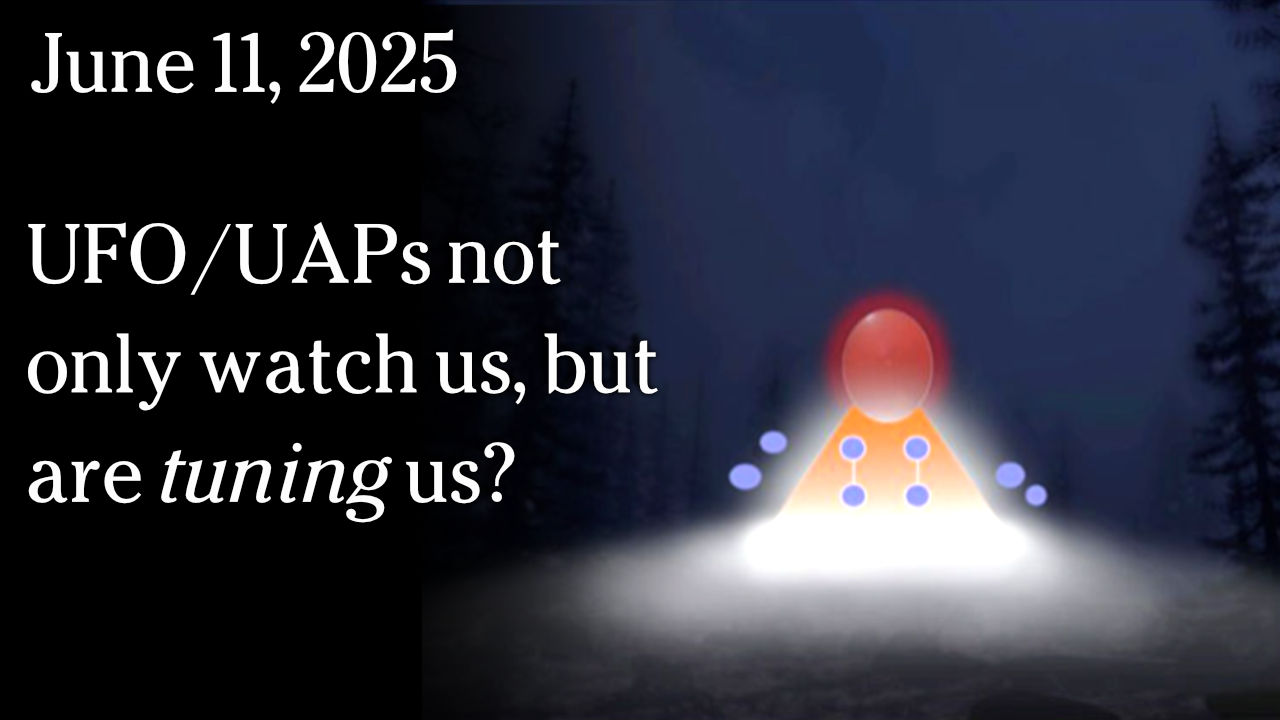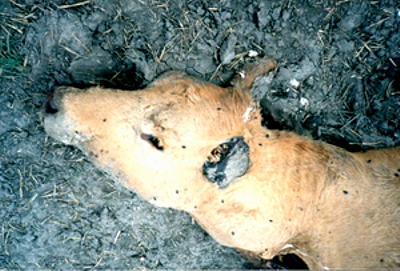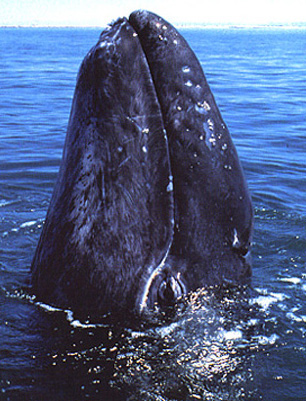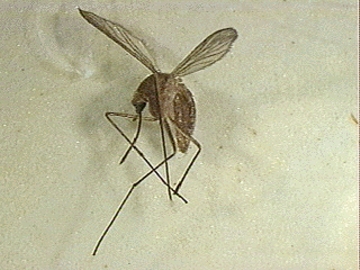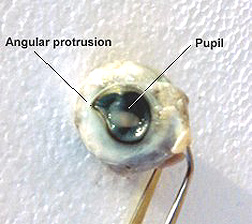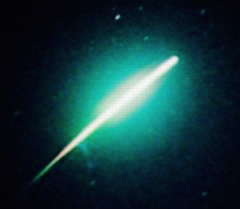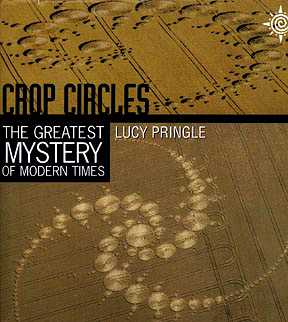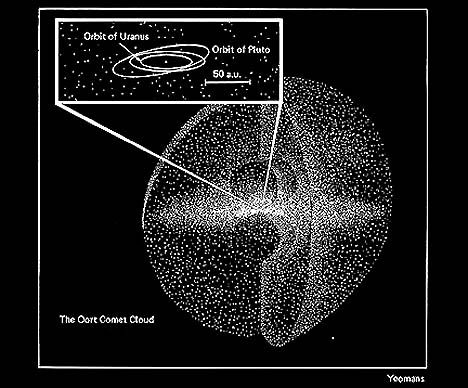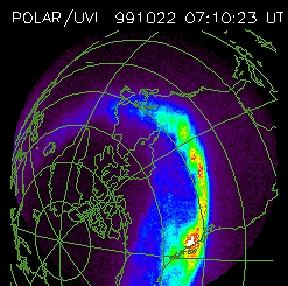November 5, 1999 Toronto, Canada A $60,000 reward has been offered by the Ontario Society for the Prevention of Cruelty to Animals for information about ten mutilated cats since the current mystery began in August 1999. The reward offer has generated phone calls, but no suspects. The SPCA's lead inspector, Debbie Hunt, is now seeking help from the Toronto Police: "We don't have the resources or enough experience in profiling criminals." Inspector Tony Warr, recent chief investigator in a Toronto bedroom rapist case, will head a new behavioral assessment unit. Their focus will be serial killers, and presumably an international ring of them since similar cat mutilations have been occurring in London, England, San Jose, California, Ft. Worth, Texas and Ontario, Canada at the same time in 1999. Over the past couple of decades, odd cat mutilations have also been investigated repeatedly in Plano, Texas; Tustin, California; Falls Church, Virginia and other U. S. and Canada regions.
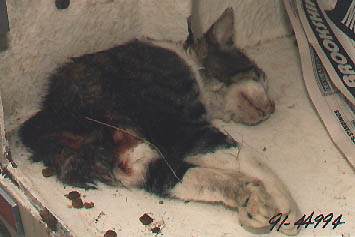
Half-cat photographed by Plano, Texas Police Officer
for Incident Report # 91-44994, August 31, 1991.
Click here to subscribe and get instant access to read this report.
Click here to check your existing subscription status.
Existing members, login below:



